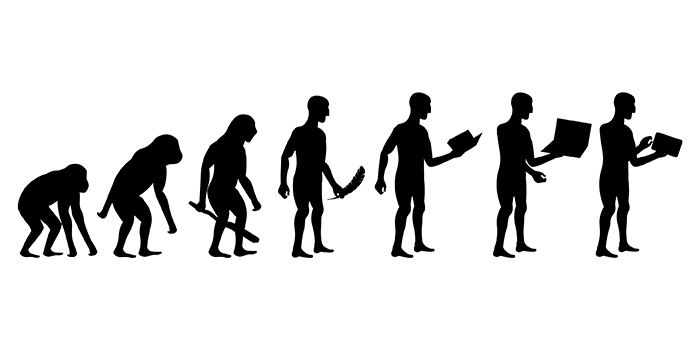
Marketing automation is itself the product of years of technological and business evolution. Big-data technology fused with marketing intelligence and software development form the backbone of marketing automation today, but not all businesses have adapted to take full advantage of this powerful new toolset. That’s great news for the businesses that do as they have an outstanding opportunity to leave their competition in the dust, but what do organizations need to do to optimize for automation?
Personalize with Data
Many marketers stumble right out of the gate when upgrading to marketing automation because they think of automation as impersonal; that couldn’t be farther from the truth. Automation relies on a deep knowledge of leads through demographic and behavioral data that paints a unique picture of each individual. Customers expect a personalized experience tailored specifically to them, and automation is the way to deliver that individual experience to thousands of people at a time. That would be impossible to do without the technology to support it.
Personalization leads directly to greater relevance; when you know who your customer is, you’re better able to meet his or her needs precisely. When you’re relevant, leads welcome communication with you. You become a problem-solving ally instead of an opposing force trying to bend them in directions they don’t want to go.
Get Connected
Organizations that make the most of marketing automation already have a strong presence on social media and connect with their leads via multiple channels. Building this highly connected infrastructure lets customers engage easily and seamlessly no matter where they encounter you, and by giving them multiple pathways into your marketing funnel, you capture as many leads as possible. Automation facilitates connections and helps you manage them with less effort, creating a seamless environment within which your leads flow to get the information they need to make buying decisions or comparison-shop.
Go Mobile
Mobile-first design is a must now that nearly 60 percent of your audience reads their email on mobile devices. In some industries, that figure goes as high as 80 percent, so marketers can’t afford to think of mobile development as a satellite to desktop-focused campaigns. Mobile messaging doesn’t just mean smartphones and tablets, either; other connected devices, including wearables and dash delivery buttons, are making the Internet of Things an important reality for marketers too. Automating communications lets you move at the same speed as your audience by delivering ads wherever they roam on the internet.
Develop Historical Insights
Your customer data is a rich mine of information about future trends, but without the technology to pull it all together and make sense of it, you can’t get the multi-angled views you need to build a complete picture of your audience and where they might be heading next. Automation makes those insights available to you and lets you act on them in a timely way. For example, customer records might show how often your customers order replacement parts, allowing you to anticipate their needs and send email marketing messages before they’re due to buy so you can cross-sell to them when they’re already receptive.
The agility and responsiveness of marketing automation even lets you use real-time data to serve hyper-relevant banner ads. A restaurant supply warehouse could offer a deal on outdoor furniture and table umbrellas just before a string of sunny days, for example. Here’s where the creativity of your marketing team intersects with the rapid response of marketing automation to develop campaigns that are immediately compelling to your audience.
To take full advantage of marketing automation, lay the groundwork early by gathering a wealth of lead data, maintaining historical records, and thinking of mobile-first solutions.
© Reach Marketing LLC 2016 All Rights Reserved.



